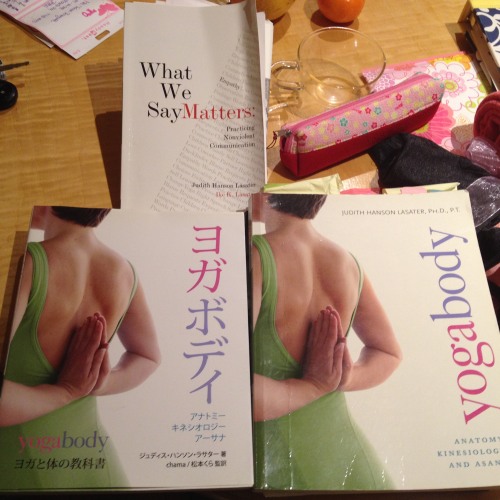Yoga has changed. Have you noticed? (yes…) During my three decades of teaching (wow…), I have watched the yoga that we practice in the West become physically harder and harder. On one hand, that’s positive. It means that while many of us are seizing the opportunity to challenge ourselves, we are also enjoying the benefits of one of the most complete and effective forms of exercise ever developed. On the other hand, it causes us to make assumptions about yoga that are simply inaccurate.
We assume that the more we advance in our practice, the more vigorous and complicated it should be. Accomplished practitioners are expected to relish physical intensity, but according to yogic adepts, just the opposite it true. As practice evolves it becomes less, not more, physical. True adepts require less and less effort to attain the higher states of yoga. From their perspective, the most profound practices are ones that provide access to the subtlest dimensions of the self. Compared to asana, these methods link us more directly to yoga’s ultimate goal – self-realization. What are these techniques, and how are they organized?
Classic texts describe four practices – asana, bandha, pranayama, and mudra – that are arranged in a hierarchy; each builds on the ones before it. Asanas (postures) steady the body and mind, preparing them for deeper practices; bandhas (locks) help us retain vital energy; pranayama techniques (breathing practices) build and regulate energy; and mudras (subtle techniques of internal control) allow us to direct and channel it. Together, these techniques create an internal alchemy – transformation affecting every level of the self.
– Rod Stryker
Remembrance of what we learned through Sri (“RESPLENDENCE”) training … how can you ever forget the sparkles of knowledge here and there that leaves such an imprint. Always hungry for more – to know, to figure out. Then to soak it up… and then to empty and so the cycle continues…
